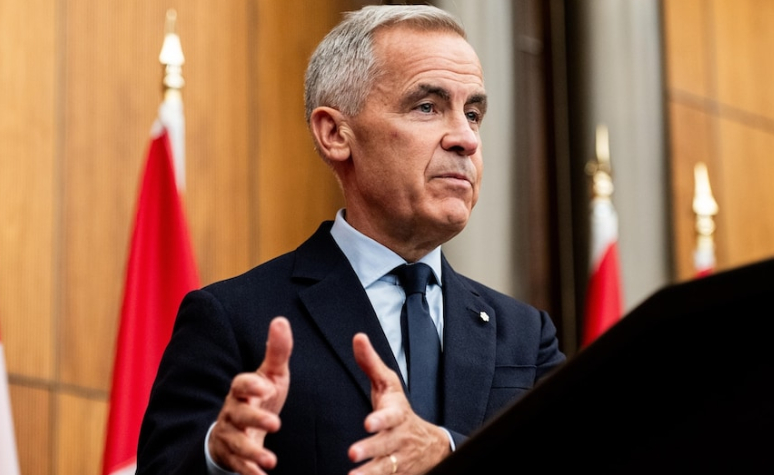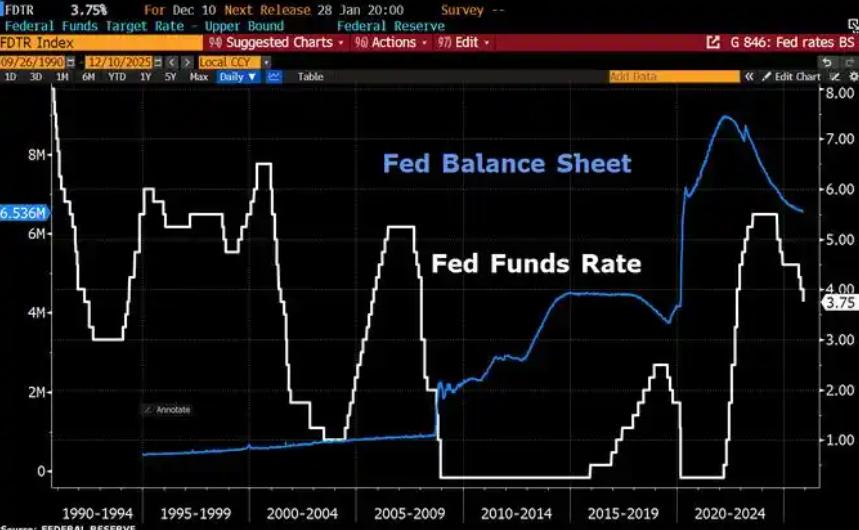
On August 22, 2025, Canadian Prime Minister Mark Carney announced a significant decision in Ottawa: effective September 1, Canada will remove retaliatory tariffs on US goods eligible for the United States-Mexico-Canada Agreement (USMCA), impacting approximately $21 billion worth of goods. This move marks a crucial step in Canada's nearly two-year trade dispute and sends a clear signal of goodwill. However, Canada has also retained 25% tariffs on US steel, aluminum, and automotive products, highlighting its strategic balancing act: easing tensions while safeguarding core industrial interests. This move reflects Canada's profound consideration of economic realities, trade rules, and geopolitics, and reflects new developments in North American trade relations.
Canada's decision to remove tariffs on some US goods is primarily aimed at easing trade tensions with the United States and paving the way for renewed negotiations. Since the United States unilaterally imposed tariffs on Canadian steel and aluminum products in 2024, the two countries have been locked in a tariff war: Canada retaliated with tariffs on $12.6 billion worth of US goods, resulting in a 37% drop in cross-border trade and a 26% decline in tourism exchanges. The continued confrontation not only harms the bilateral economies but also threatens Canada's export structure, which is highly dependent on the US market. The Carney government's adjustment is essentially a strategic shift: by removing tariffs in non-core sectors, it conveys its willingness to cooperate to the US and promotes renewed dialogue.
This decision is highly consistent with the framework of the USMCA. Canada emphasized that tariff removals will be strictly limited to those covered by the agreement, adhering to multilateral trade rules while avoiding violations of international obligations. This move received a positive response from the US, with the Trump administration hailing it as "belated wisdom," suggesting a softening of its negotiating stance. Foreign ministers from both sides have already held consultations in Washington, covering emerging areas such as electric vehicle batteries and digital trade, signaling the possibility of a future upgrade of the agreement.
Despite its displays of goodwill, Canada has maintained 25% tariffs on steel, aluminum, and automotive products, a choice driven by multiple strategic considerations. First, the steel and aluminum industries are the backbone of Canada's manufacturing sector, especially in industrial hubs like Ontario. Tariff protection can buffer against US competition and maintain employment stability. Second, the automotive industry has a complex supply chain, and retaining tariffs can help force US concessions on key issues. Carney used a hockey analogy for negotiating strategy: "adjusting the tempo of offense and defense to a focus on defense," suggesting that Canada will use tariffs as leverage to secure more favorable terms in subsequent negotiations.
On a legal level, Canada has skillfully utilized the "national security exception" clause to include items subject to retained tariffs within the permissible scope of the agreement, mitigating the risk of violations while demonstrating a shrewd application of the rules. This precise approach demonstrates Canada's skill in balancing safeguarding its interests with adherence to international rules.
The removal of tariffs has multifaceted impacts on the Canadian economy. On the positive side, the removal of tariffs on consumer goods, covering $21.7 billion, directly benefits industries like wine and apparel, reducing import costs and stimulating the consumer market. The Canadian dollar appreciated in response, with the USD/CAD exchange rate falling back to 1.3820, boosting market confidence. Employment pressures in border provinces are expected to ease, and cross-border trade will gradually resume.
However, significant challenges remain. The continued presence of steel and aluminum tariffs has created supply chain uncertainties in industrial regions like Ontario, and businesses continue to face high cost pressures. Furthermore, Canada faces punitive tariffs on agricultural products from China and a volatile global trade environment. The sustainability of Canada's economic recovery hinges on its ability to strike a balance in its multi-front trade war.
Canada's removal of tariffs on some US goods is a carefully crafted strategic balancing act. By demonstrating goodwill to restart dialogue while retaining tariffs to safeguard industrial security, Canada has demonstrated pragmatism and resilience in the trade war. This decision not only impacts economic recovery but also reflects Canada's ambition to reshape North American trade rules—to safeguard its interests within a multilateral framework and seek win-win outcomes in a complex geopolitical environment.

Since 2022, the Fed has cumulatively reduced its balance sheet by $2.4 trillion through quantitative tightening (QT) policies, leading to a near depletion of liquidity in the financial system.
Since 2022, the Fed has cumulatively reduced its balance sh…
On December 11 local time, the White House once again spoke…
Fiji recently launched its first green finance classificati…
Recently, the European Commission fined Musk's X platform (…
At the end of 2025, the situation in the Caribbean suddenly…
The U.S. AI industry in 2025 is witnessing a feverish feast…